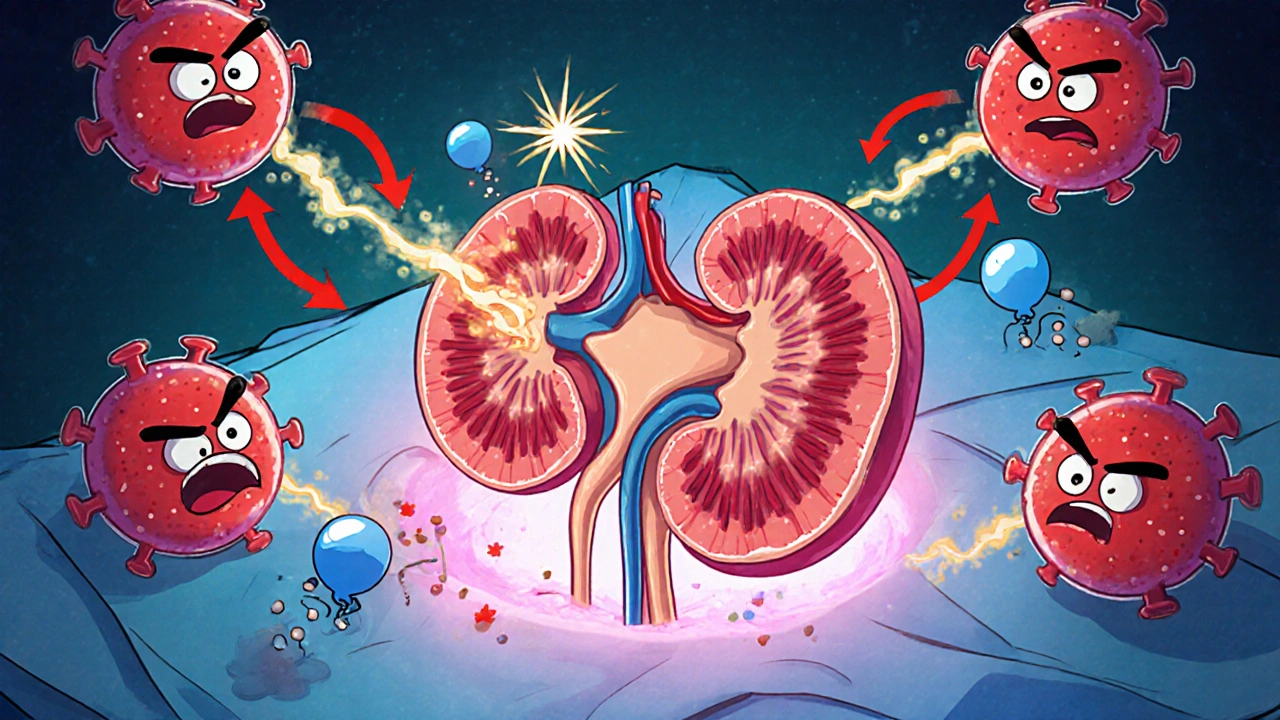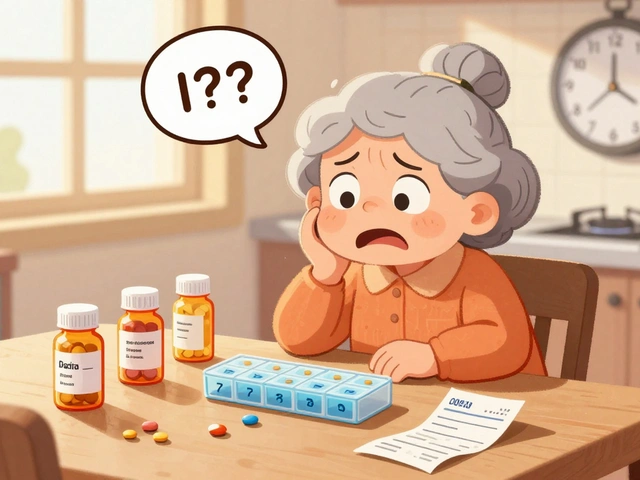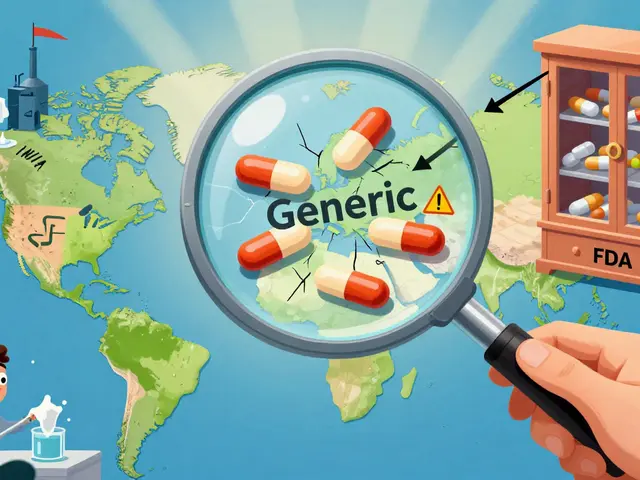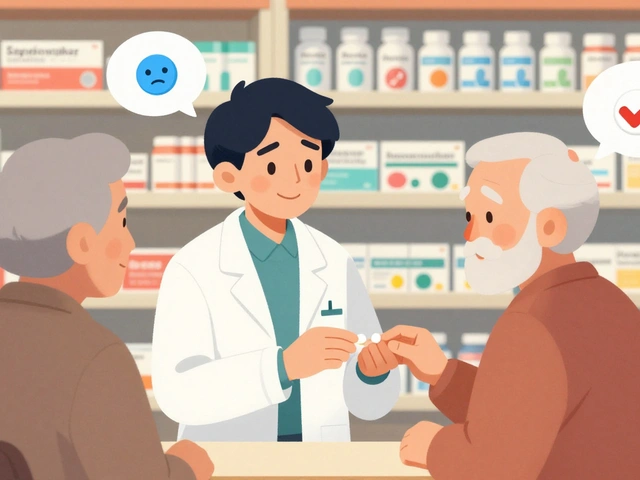Transplant Immunology: Understanding the Science Behind Organ and Tissue Grafts
When working with transplant immunology, the study of how the immune system reacts to donated organs, tissues, and cells. Also known as alloimmunity research, it guides doctors in preventing rejection and improving graft survival. Key concepts such as graft rejection, the immune attack that can destroy a transplanted organ, immunosuppressive drugs, medications like tacrolimus and mycophenolate that dampen immune activity, HLA matching, the process of comparing donor and recipient tissue markers to reduce rejection risk, and tolerance induction, strategies aiming for the immune system to accept the graft without lifelong drugs form the backbone of the field.
Core Concepts in Transplant Immunology
Transplant immunology focuses on the battle between a recipient’s immune system and the foreign tissue it receives. The moment a donor organ is introduced, the body’s T cells and antibodies scan for mismatched antigens. If they spot a difference, they launch a cascade that leads to inflammation, vascular damage, and eventually loss of graft function. This process is what we call graft rejection, and it can happen days, weeks, or even years after the surgery.
Why does the immune system react so fiercely? It’s wired to protect us from pathogens, not to differentiate friend from foe when the “friend” looks completely foreign. The major histocompatibility complex (MHC) proteins, known as HLA in humans, act like identity cards for cells. When the donor’s HLA profile doesn’t line up with the recipient’s, the immune system flags the graft as dangerous. That’s why meticulous HLA matching before kidney, liver, or heart transplants can cut rejection rates dramatically.
Even with perfect HLA matching, a certain level of immune activation is unavoidable. That’s where immunosuppressive drugs step in. Classic agents such as calcineurin inhibitors (tacrolimus, cyclosporine), antiproliferatives (mycophenolate mofetil, azathioprine), and steroids calm the immune response enough for the graft to take root. However, these medicines bring side effects: kidney toxicity, increased infection risk, and metabolic changes. Balancing potency with safety is a daily challenge for transplant teams.
Researchers are chasing the holy grail of tolerance induction—teaching the immune system to accept the graft without permanent drug coverage. Approaches include mixed chimerism, regulatory T‑cell therapy, and costimulatory blockade. Early trials show that a small subset of patients can maintain graft function with minimal medication after a short induction period. If these techniques become mainstream, the whole landscape of post‑transplant care will shift.
From a patient’s standpoint, understanding these concepts translates into concrete actions. Regular blood work to monitor drug levels, adhering to medication schedules, and reporting infections early are all part of staying on top of the transplant. Lifestyle choices—like a low‑salt diet after a kidney transplant or avoiding tobacco after a lung transplant—support graft longevity. Education on signs of acute rejection, such as sudden pain, fever, or organ‑specific symptoms, empowers patients to seek help before damage becomes irreversible.
Below you’ll find a curated collection of articles covering everything from specific drug comparisons to practical diet tips for chemotherapy, all of which intersect with the principles of transplant immunology. Whether you’re a patient, a caregiver, or a health professional, the resources will give you deeper insight into how the immune system, medication, and matching science work together to keep transplanted organs thriving.
Understanding How Organ Rejection Leads to Post-Transplant Complications
Explore how organ rejection sparks post‑transplant complications, learn the types, risk factors, monitoring tools, and management strategies to protect graft health.
Read More





